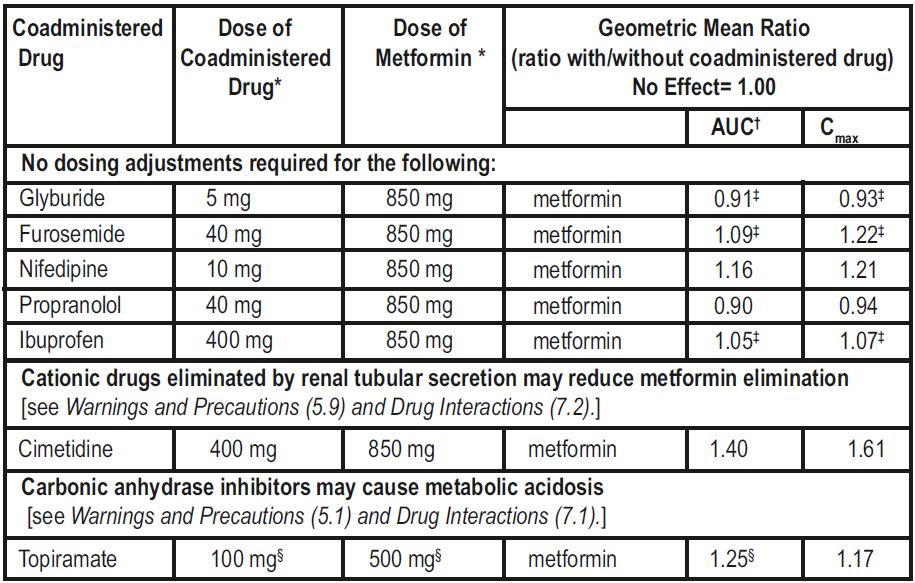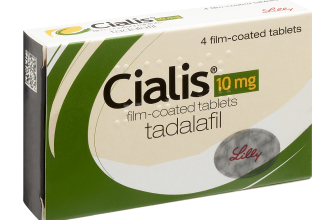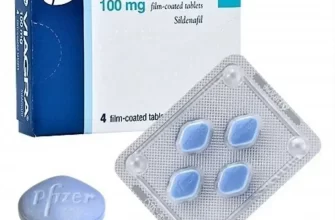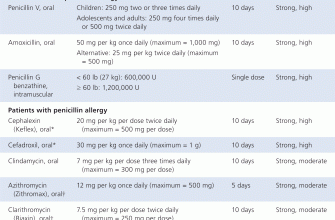Metformin typically starts lowering blood sugar within 2-4 hours of ingestion. This initial effect isn’t usually the most significant, though.
Peak plasma concentrations are generally observed 2-4 hours post-dosing, however, the maximum therapeutic effect may take several weeks to fully manifest as the body adjusts to the medication and blood sugar control improves gradually.
The duration of action varies depending on the formulation and individual metabolism; expect effects to last approximately 12-24 hours with standard-release tablets, prompting once or twice daily dosing schedules. Extended-release formulations offer a longer duration, influencing dosage frequency.
Remember: Individual responses differ considerably. Consult your physician for personalized guidance on dosage and timing to optimize your treatment plan and achieve the best blood sugar control.
Metformin Onset, Peak, and Duration: A Detailed Guide
Metformin’s effects begin relatively quickly. You’ll typically notice a reduction in blood sugar within a few hours of taking a dose.
Onset: While blood sugar lowering starts within hours, the full therapeutic impact may take several days or weeks to become apparent, depending on individual factors and dosage.
Peak: Peak plasma concentrations generally occur within 2-4 hours of oral administration. However, the time to peak can vary slightly depending on the specific formulation.
Duration: The duration of action is roughly 6-8 hours for immediate-release metformin. Extended-release formulations provide a longer duration, typically 12-24 hours, leading to more consistent blood sugar control throughout the day.
Important Note: These are general guidelines. Individual responses to Metformin vary considerably. Factors like age, kidney function, and other medications can affect onset, peak, and duration. Always consult your doctor or pharmacist for personalized advice regarding dosage and timing.
Extended-Release Considerations: Extended-release metformin should be swallowed whole; crushing or chewing can alter absorption and potentially lead to adverse effects. Follow your physician’s instructions carefully.
Kidney Function: Metformin is primarily eliminated by the kidneys. Reduced kidney function can significantly impact its pharmacokinetics. Your doctor will monitor your kidney function regularly while you are on Metformin.
Dosage Adjustments: Your doctor will adjust your Metformin dosage based on your blood sugar levels and response to treatment. Close monitoring and regular follow-up appointments are critical for optimizing your therapy.
Understanding Metformin’s Onset of Action
Metformin begins lowering blood glucose levels within hours of ingestion. This initial decrease isn’t dramatic, however, but represents the start of its action.
Peak plasma concentrations typically occur between 2 and 4 hours post-dose. This timeframe might vary slightly depending on factors like the formulation (immediate-release vs. extended-release) and individual patient metabolism.
While peak levels are reached relatively quickly, the full therapeutic impact of metformin unfolds gradually over several days or even weeks. This is because the drug’s effects involve multiple metabolic pathways, not just a rapid, single mechanism.
Extended-release formulations are designed for smoother glucose control. These might show a slower rise to peak levels, but provide a more sustained reduction in glucose throughout the day, reducing fluctuations.
Important Note: The onset and peak times are estimates. Your doctor will monitor your blood glucose levels and adjust your dosage as needed to achieve optimal control.
Consult your physician or pharmacist for personalized advice regarding metformin use and potential interactions with other medications.
Time to Peak Plasma Concentration of Metformin
Metformin reaches its peak plasma concentration (Cmax) approximately 2-3 hours after oral administration of an immediate-release formulation. This timeframe can vary slightly depending on individual factors such as gastric emptying rate and food intake.
Taking metformin with food can modestly delay Cmax, but generally the difference is not clinically significant. However, this delay may be more pronounced with sustained-release formulations, where peak levels are usually observed later–often between 6 to 10 hours after ingestion.
Specific studies show varied results; therefore, it’s advisable to consult your physician for personalized advice regarding optimal timing of Metformin intake relative to meals.
Factors influencing peak plasma concentration include:
- Formulation: Immediate-release tablets achieve peak levels faster than sustained or extended-release formulations.
- Dosage: Higher doses may modestly increase the time to reach Cmax.
- Individual Metabolism: Patient-specific differences in absorption and metabolism impact the timing of peak concentrations.
- Food Intake: While the impact is often mild, consuming food alongside metformin may slightly postpone the peak.
Understanding this timeframe helps clinicians optimize treatment strategies and interpret serum metformin levels when necessary.
Duration of Metformin’s Therapeutic Effect
Metformin’s blood glucose-lowering effect persists for the duration of its presence in the body. Single doses typically provide noticeable glycemic control for around 24 hours. However, the full therapeutic benefit of metformin, particularly in managing long-term complications of type 2 diabetes, is a longer-term outcome. Continuous daily use is necessary to maintain optimal blood sugar levels and realize its broader effects.
Factors Influencing Duration
Several factors can subtly influence how long metformin remains effective. Renal function plays a significant role: Individuals with impaired kidney function may experience a shorter duration of action due to slower drug clearance. Conversely, those with well-functioning kidneys benefit from sustained therapeutic levels. Dosage and individual patient metabolism are also contributors. It’s crucial to have regular check-ups with your doctor to monitor blood sugar levels and adjust dosage as needed.
Maintaining Therapeutic Levels
Consistent daily dosing according to your physician’s prescription is paramount. Missed doses can lead to temporary fluctuations in blood sugar. While single missed doses usually have minimal impact, regularly skipping medication significantly reduces the therapeutic effect. Closely following your doctor’s recommendations and adhering to a prescribed regimen maintains therapeutic levels and maximizes metformin’s benefits for blood sugar control and long-term health management. Remember to discuss any questions or concerns you have with your healthcare provider.
Clinical Implications of Metformin’s Pharmacokinetics
Metformin’s relatively short half-life (approximately 6.5 hours) necessitates twice-daily or extended-release formulations for optimal glycemic control. This impacts dosing strategies significantly.
- Timing of Administration: Taking metformin with meals minimizes gastrointestinal side effects like nausea and diarrhea. This is due to the impact of food on absorption.
- Renal Function: Metformin is primarily excreted unchanged by the kidneys. Therefore, dosage adjustments are crucial in patients with impaired renal function to prevent metformin accumulation and lactic acidosis. Regular monitoring of creatinine clearance is necessary. Specifically, eGFR below 30 mL/min/1.73m² usually contraindicates metformin use.
- Drug Interactions: Co-administration with drugs affecting renal function (e.g., certain NSAIDs, diuretics) warrants careful monitoring and potential dose adjustments. Conversely, drugs that decrease renal blood flow, such as some ACE inhibitors, may necessitate reduced metformin doses. Always check for possible interactions.
- Patient Compliance: The twice-daily dosing regimen, while improving glycemic control, can impact patient adherence. Extended-release formulations may improve compliance, reducing the pill burden.
Understanding these pharmacokinetic parameters allows clinicians to individualize metformin therapy, optimizing efficacy and minimizing adverse events. Careful consideration of renal function and potential drug interactions is paramount.
- Dosage Adjustment: Reduce metformin dosage in individuals with reduced renal function, guided by eGFR values.
- Monitoring: Regularly assess renal function and glycemic control. Adjust therapy as needed based on observed responses.
- Patient Education: Provide clear instructions on medication timing, potential side effects, and the importance of reporting any unusual symptoms.
These clinical implications highlight the importance of a thorough understanding of metformin’s pharmacokinetic profile for effective and safe therapeutic management.










